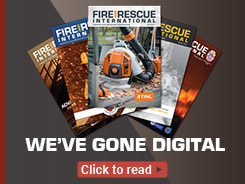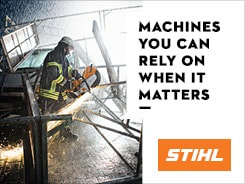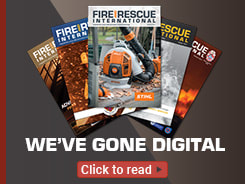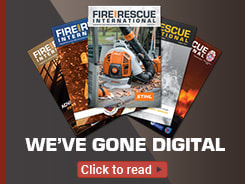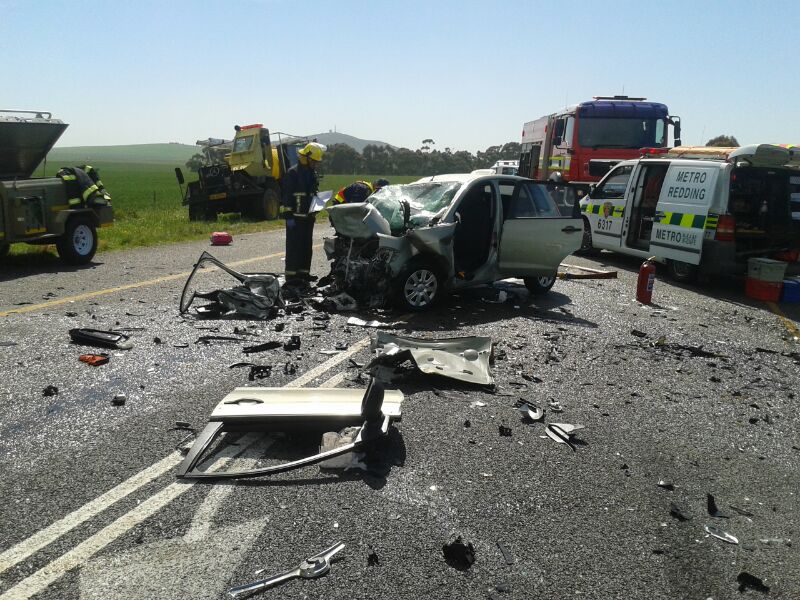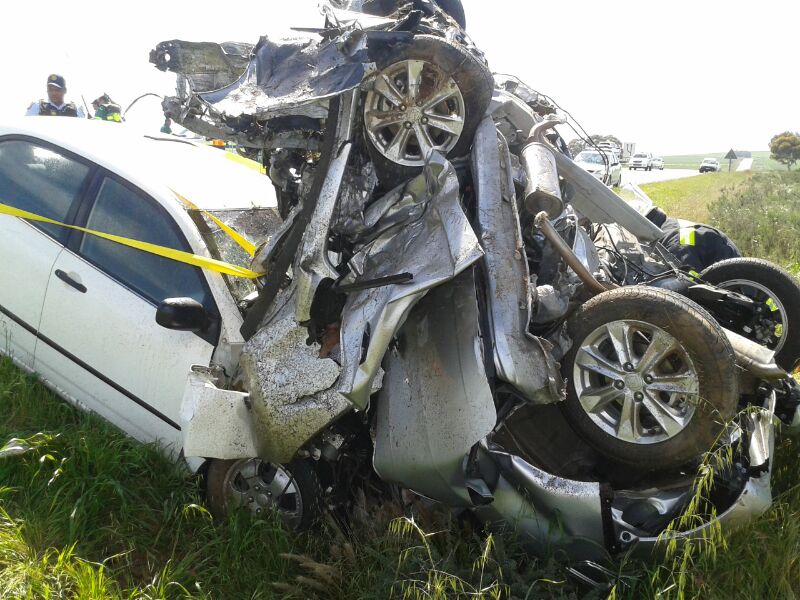- Home
- Magazines
-
Newsletters
- 19 July 2024
- 12 July 2024
- 5 July 2024
- 28 June 2024
- 14 June 2024
- 7 June 2024
- 31 May 2024
- 24 May 2024
- 17 May 2024
- 10 May 2024
- 3 May 2024
- 26 April 2024
- 19 April 2024
- 12 April 2024
- 22 March 2024
- 15 March 2024
- 8 March 2024
- 1 March 2024
- 23 February 2024
- 16 February 2024
- 9 February 2024
- 26 January 2024
- 19 January 2024
- 12 January 2024
- 22 December 2023
- 1 December 2023
- 24 November 2023
- 10 November 2023
- 3 November 2023
- 27 October 2023
- 20 October 2023
- 13 October 2023
- 6 October 2023
- 29 September 2023
- 22 September 2023
- 15 September 2023
- 8 September 2023
- 25 August 2023
- 18 August 2023
- 11 August 2023
- 4 August 2023
- 28 July 2023
- 21 July 2023
- 14 July 2023
- 7 July 2023
- 30 June 2023
- 23 June 2023
- 15 June 2023
- 2 June 2023
- 26 May 2023
- 19 May 2023
- 12 May 2023
- 5 May 2023
- 28 April 2023
- 21 April 2023
- 14 April 2023
- 6 April 2023
- 31 March 2023
- 24 March 2023
- 17 March 2023
- 10 March 2023
- 3 March 2023
- 24 February 2023
- 17 February 2023
- 10 February 2023
- 3 February 2023
- 27 January 2023
- 13 January 2023
- 22 December 2022
- 15 December 2022
- 9 December 2022
- 2 December 2022
- 25 November 2022
- 18 November 2022
- 11 November 2022
- 4 November 2022
- Advertising
- Subscribe
- Articles
-
Galleries
- AOSH Firexpo 2024
- Midvaal Fit to Fight Fire 2024
- WoF KNP 2023 Gallery
- TFA 2023 Gallery
- DMISA Conference 2023
- ETS 2023 Gallery
- Drager Fire Combat and Rescue Challenge 2023
- AOSH Firexpo 2023
- Midvaal Fit to Fight Fire
- WC IFFD 2023
- NMU 13th Fire Management Symposium 2022
- JOIFF Africa Conference 2022
- ETS 2022 Gallery
- TFA 2022 Gallery
- IFFD 2018
- SAESI
- TFA
- WRC 2018
- WRC 2019
- A-OSH/Securex
- IFE AGM 2019
- ETS Ind Fire Comp Nov 2019
- ETS Challenge 2021
- Drager launch
- Drager Fire Combat and Rescue Challenge 2022
- TFA
- Contact
- Home
- Magazines
-
Newsletters
- 19 July 2024
- 12 July 2024
- 5 July 2024
- 28 June 2024
- 14 June 2024
- 7 June 2024
- 31 May 2024
- 24 May 2024
- 17 May 2024
- 10 May 2024
- 3 May 2024
- 26 April 2024
- 19 April 2024
- 12 April 2024
- 22 March 2024
- 15 March 2024
- 8 March 2024
- 1 March 2024
- 23 February 2024
- 16 February 2024
- 9 February 2024
- 26 January 2024
- 19 January 2024
- 12 January 2024
- 22 December 2023
- 1 December 2023
- 24 November 2023
- 10 November 2023
- 3 November 2023
- 27 October 2023
- 20 October 2023
- 13 October 2023
- 6 October 2023
- 29 September 2023
- 22 September 2023
- 15 September 2023
- 8 September 2023
- 25 August 2023
- 18 August 2023
- 11 August 2023
- 4 August 2023
- 28 July 2023
- 21 July 2023
- 14 July 2023
- 7 July 2023
- 30 June 2023
- 23 June 2023
- 15 June 2023
- 2 June 2023
- 26 May 2023
- 19 May 2023
- 12 May 2023
- 5 May 2023
- 28 April 2023
- 21 April 2023
- 14 April 2023
- 6 April 2023
- 31 March 2023
- 24 March 2023
- 17 March 2023
- 10 March 2023
- 3 March 2023
- 24 February 2023
- 17 February 2023
- 10 February 2023
- 3 February 2023
- 27 January 2023
- 13 January 2023
- 22 December 2022
- 15 December 2022
- 9 December 2022
- 2 December 2022
- 25 November 2022
- 18 November 2022
- 11 November 2022
- 4 November 2022
- Advertising
- Subscribe
- Articles
-
Galleries
- AOSH Firexpo 2024
- Midvaal Fit to Fight Fire 2024
- WoF KNP 2023 Gallery
- TFA 2023 Gallery
- DMISA Conference 2023
- ETS 2023 Gallery
- Drager Fire Combat and Rescue Challenge 2023
- AOSH Firexpo 2023
- Midvaal Fit to Fight Fire
- WC IFFD 2023
- NMU 13th Fire Management Symposium 2022
- JOIFF Africa Conference 2022
- ETS 2022 Gallery
- TFA 2022 Gallery
- IFFD 2018
- SAESI
- TFA
- WRC 2018
- WRC 2019
- A-OSH/Securex
- IFE AGM 2019
- ETS Ind Fire Comp Nov 2019
- ETS Challenge 2021
- Drager launch
- Drager Fire Combat and Rescue Challenge 2022
- TFA
- Contact
|
31 March 2023
|
Featured FRI Magazine article: Extrication: staying up to date by Neville van Rensburg and Julius Fleischman
This week’s featured Fire and Rescue International magazine article is: Extrication: staying up to date written by By Neville van Rensburg and Julius Fleischman, World Rescue Organisation (WRO) assessors and members. We will be sharing some technical articles from Fire and Rescue International magazine on a weekly basis with our readers to assist in technology transfer. This will hopefully create an increased awareness, providing you with hands-on advice and guidance. All our magazines are available free of charge in PDF format on our website and online at ISSUU. We also provide all technical articles as a free download in our article archive on our website.
According to the book, ‘Vehicle extrication techniques’ by Ian Dunbar, the last 25 years have seen great advances in technology, which has greatly changed the way vehicles are constructed. This technology also means that safety systems such as airbags and other supplementary restraint systems have increased substantially.
Although the advancement in technology has made for stronger and safer vehicles, it has had a huge impact on the rescuers and medics who attend the scene of a road traffic collision. With all the development that takes place with new vehicle technology, it becomes more challenging every year for fire fighters, rescuers and medics to keep their training updated to enable them to professionally extricate patients trapped in new car technology vehicles involved in accidents.
It all starts at the training centres to ensure that fire fighters, rescuers and medics understand new car technology; especially the extrication challenges created by the new B-post during B-post rips or side swaps.
A major problem in South Africa is the availability of new car technology for students to train on. The majority of times the only vehicles that are available for training are older models from scrap yards, sometimes just a shell with some doors on. So, what can we, as professional emergency services, do?
We can learn from accident scenes that we attend. Many of these incidents involve new car technology vehicles and materials. These vehicles and scenes can form part of your evaluation of the accident scenes. We can observe the incident scene while we are we busy doing the extrication, make mental notes as you work and what you see, hear and practical experience. Once back at your station, make notes on what challenges you found, what you experienced and learned at that incident.
During your assessment of the accident scene, analyse the scene by looking at the damage to the vehicle, the impact of the accident on the vehicle and the patients. Remember, the vehicle talks to you and will show you what it did to your patients. Look at the position of the patients in vehicle, type of vehicle, impact position and what the damage look like.
We can also learn by observing the following:
It’s also important for example with a head on collision, to look at the front of the damaged vehicle and to note what happened in the crumble zone area, If the patient was trapped by the dashboard, note how he was trapped and make a mental note why, what moved, what trapped the patient and how was the patient trapped.
Another method to assist with your training is to look at the different tensions, torsions and flexion on the vehicles involved, once the patient has been extricated. Note the type of safety systems you can see in the vehicle. If airbags deployed, what was the impact that caused its deployment. Imagine the vehicle as a clock and make notes were the impact was for example was the impact at 12h00 or 3h00 position? Try and identify new car technology in the vehicle and the result the impact had on it.
Notice whether the doors were difficult to open; look at the positioning of the side impact bars in the doors after impact. Ask for permission to take photographs for use in future training or to use in case studies. You can use the photographs back at the station to review your challenges and experiences at the accident scene and during the detanglement of the vehicle. Discuss the challenges with your colleagues.
This will enable you to learn from each incident and upskill yourself for similar future incidents.
https://www.frimedia.org/uploads/1/2/2/7/122743954/rescue-roundup-vol-3-no12.pdf
According to the book, ‘Vehicle extrication techniques’ by Ian Dunbar, the last 25 years have seen great advances in technology, which has greatly changed the way vehicles are constructed. This technology also means that safety systems such as airbags and other supplementary restraint systems have increased substantially.
Although the advancement in technology has made for stronger and safer vehicles, it has had a huge impact on the rescuers and medics who attend the scene of a road traffic collision. With all the development that takes place with new vehicle technology, it becomes more challenging every year for fire fighters, rescuers and medics to keep their training updated to enable them to professionally extricate patients trapped in new car technology vehicles involved in accidents.
It all starts at the training centres to ensure that fire fighters, rescuers and medics understand new car technology; especially the extrication challenges created by the new B-post during B-post rips or side swaps.
A major problem in South Africa is the availability of new car technology for students to train on. The majority of times the only vehicles that are available for training are older models from scrap yards, sometimes just a shell with some doors on. So, what can we, as professional emergency services, do?
We can learn from accident scenes that we attend. Many of these incidents involve new car technology vehicles and materials. These vehicles and scenes can form part of your evaluation of the accident scenes. We can observe the incident scene while we are we busy doing the extrication, make mental notes as you work and what you see, hear and practical experience. Once back at your station, make notes on what challenges you found, what you experienced and learned at that incident.
During your assessment of the accident scene, analyse the scene by looking at the damage to the vehicle, the impact of the accident on the vehicle and the patients. Remember, the vehicle talks to you and will show you what it did to your patients. Look at the position of the patients in vehicle, type of vehicle, impact position and what the damage look like.
We can also learn by observing the following:
- Distortion of steering wheel
- Deployment of airbags (signs and deploy bags)
- Side impact damage
- Displaced front axle
- Starred windshield (laminated glass)
It’s also important for example with a head on collision, to look at the front of the damaged vehicle and to note what happened in the crumble zone area, If the patient was trapped by the dashboard, note how he was trapped and make a mental note why, what moved, what trapped the patient and how was the patient trapped.
Another method to assist with your training is to look at the different tensions, torsions and flexion on the vehicles involved, once the patient has been extricated. Note the type of safety systems you can see in the vehicle. If airbags deployed, what was the impact that caused its deployment. Imagine the vehicle as a clock and make notes were the impact was for example was the impact at 12h00 or 3h00 position? Try and identify new car technology in the vehicle and the result the impact had on it.
Notice whether the doors were difficult to open; look at the positioning of the side impact bars in the doors after impact. Ask for permission to take photographs for use in future training or to use in case studies. You can use the photographs back at the station to review your challenges and experiences at the accident scene and during the detanglement of the vehicle. Discuss the challenges with your colleagues.
This will enable you to learn from each incident and upskill yourself for similar future incidents.
https://www.frimedia.org/uploads/1/2/2/7/122743954/rescue-roundup-vol-3-no12.pdf
Quick navigation
Social
|
Who are we?FRI Media (Pty) Ltd is an independent publisher of technical magazines including the well-read and respected Fire and Rescue International, its weekly FRI Newsletter and the Disaster Management Journal. We also offer a complete marketing and publishing package, which include design, printing and corporate wear and gifts. |
Weekly FRI Newsletter |
© Copyright 2018 Fire and Rescue International. All Rights Reserved.

